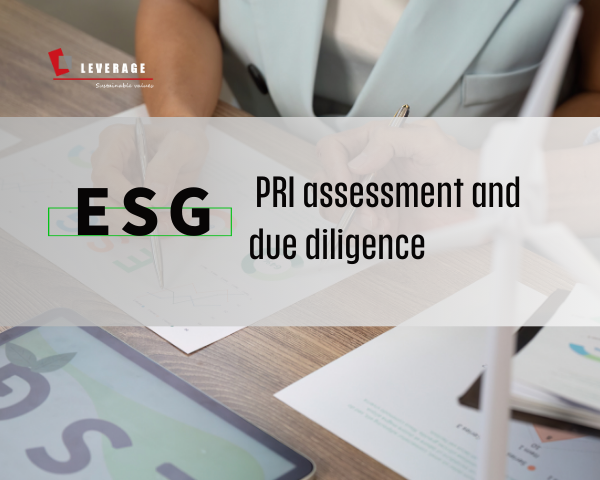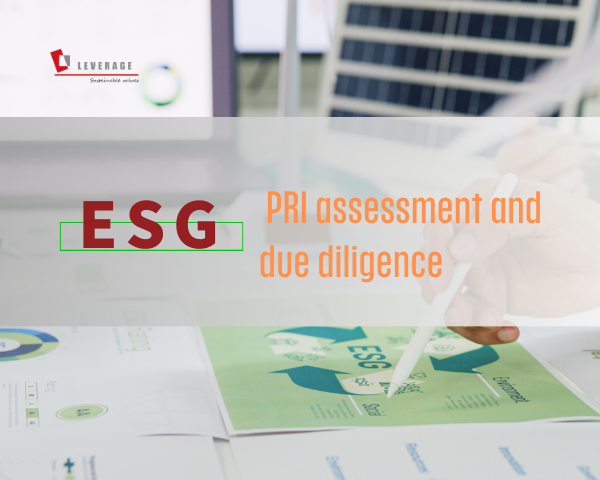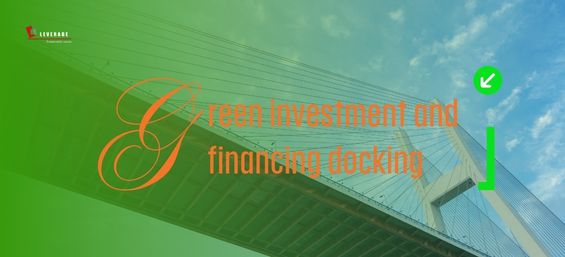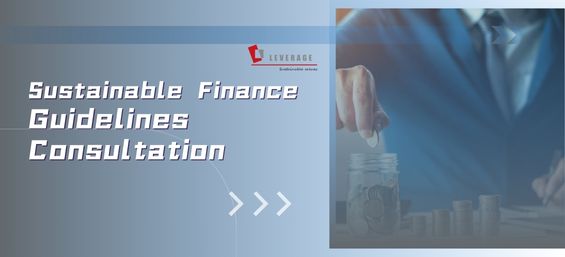

ESG Responsible Investment (PRI) assessment and due diligence
ESG Responsible Investment (PRI) assessment and due diligence are core tools for the financial industry to promote sustainable development. The essence lies in integrating Environmental, Social, and Governance factors into the entire investment process to reduce risks and create long-term value.

I. PRI Assessment Framework: Driving the Upgrade of ESG Management in Institutions
The United Nations Principles for Responsible Investment (PRI) requires signatories to disclose the progress of ESG integration through annual reports, and its assessment system has been continuously strengthened in recent years
Senior Leadership Statement (SLS)
Require the CEO or senior executives to sign a public commitment, clearly defining the strategic position of responsible investment and the action plan for the next two years, laying the foundation for top-down accountability.
Organizational Profile (OO)
Sort out the types of institutions (asset owners/managers), the distribution of asset categories (stocks, bonds, etc.) and the coverage of ESG management to trigger the evaluation indicators for subsequent modules.
Policy, Governance and Strategy (PGS)
To assess how ESG is integrated into investment decisions, risk management and compensation systems, it is necessary to disclose the application of specific tools such as climate scenario analysis.
Modular assessment and star rating
By combining "core indicators" (mandatory) with "additional indicators" (voluntary), scores are calculated based on weights and ratings of 1 to 5 stars are generated to encourage institutions to benchmark against industry best practices.
Ii. ESG Due Diligence: Full-Cycle Risk and Value Identification
1. Pre-investment due diligence steps
Initial risk screening
Identify the ESG high-risk points of the target enterprise (such as environmental liabilities in highly polluting industries) through industry reports and compliance documents (environmental impact assessment, pollutant discharge permits).
In-depth assessment
On-site investigation and management interviews are conducted to analyze ESG management gaps (such as labor risks in the supply chain) and quantify potential financial impacts (such as fines and remediation costs).
Valuation adjustment
Incorporating ESG risks into financial models (such as lowering cash flow forecasts and increasing risk premiums) can influence final trading decisions.
2. Post-investment management tools
Active Ownership
Promote the improvement of ESG practices in the invested enterprises (such as requiring the setting of science-based carbon targets) through shareholder proposals and board dialogues.
Collaborative Engagement
Join initiatives such as "Climate Action 100+" and jointly pressure enterprises to enhance climate governance (for instance, Harvest Fund has jointly promoted the RE100 commitment of photovoltaic enterprises).
Iii. Regulatory Compliance: The EU CSDDD Directive Reshapes Corporate Responsibility
The Corporate Sustainability Due Diligence Directive (CSDDD), which will come into effect in 2024, requires enterprises to be responsible for ESG risks along the value chain:
Applicable objects
The coverage will be phased to enterprises with annual revenue exceeding 450 million euros in Europe (including non-EU companies), with large enterprises being the first to be affected starting from 2027.
Core obligation
Identify and prevent human rights and environmental damage (such as forced labor and pollution) in the supply chain
Formulate a 1.5°C climate transition plan and update the emission reduction targets every five years.
Punitive measures
The fine can reach 5% of the global turnover and civil liability will be borne.

Iv. Implementation Path: Key Actions from Framework to Implementation
1. Capacity building
■ Introduce third-party ESG due diligence services (such as KPMG compliance review and SGS supply chain verification) to fill the data gap of non-listed companies.
■ Develop localized ESG rating tools (such as the A-share ESG database of Harvest Fund) to adapt to regional risk characteristics.
2. Process embedding
■ The Investment Committee has added an ESG sub-committee to ensure that due diligence results are directly connected to investment decisions.
■ Incorporate ESG clauses into the investment agreement (such as requiring the invested enterprises to disclose ESG annually).
3 Disclosure Upgrade
■ Adopt the "European Sustainability Reporting Standards" (ESRS) to quantify environmental benefits (such as carbon reduction and water conservation data).
Enhance the credibility of supply chain data by leveraging technologies such as blockchain.


